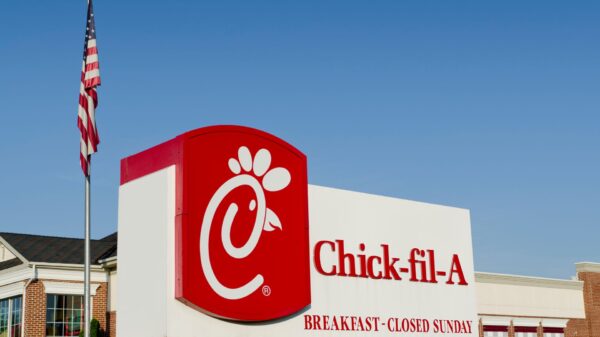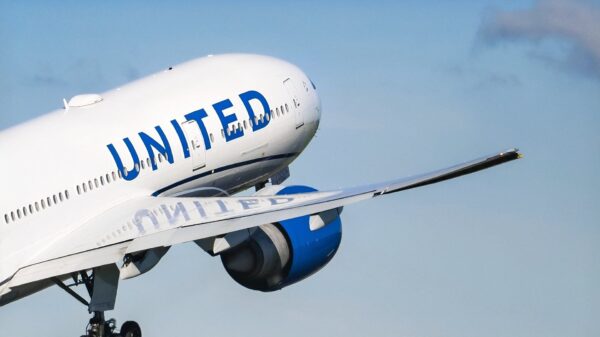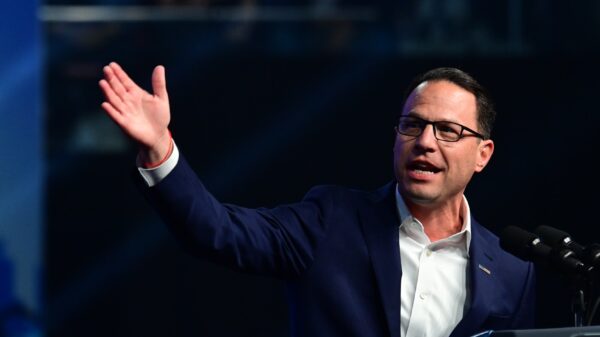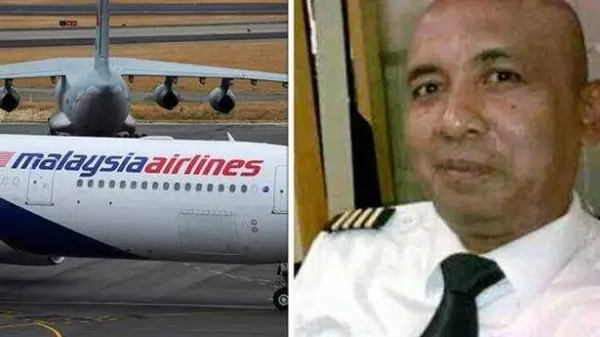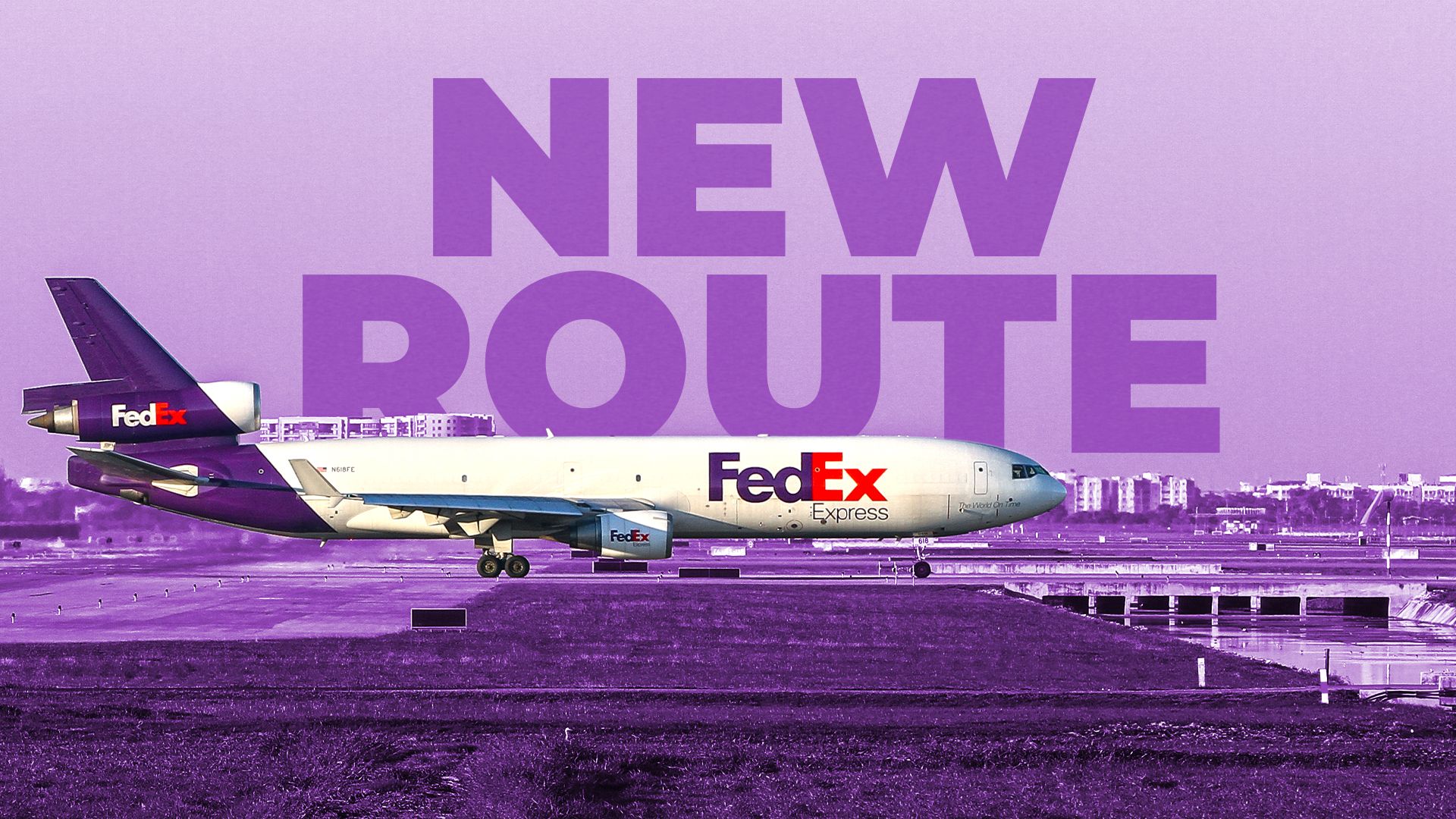FedEx Express has unveiled a new nonstop cargo service connecting Indianapolis International Airport with Dublin Airport, marking a significant expansion in its operational network. Announced during an earnings presentation on September 18, 2025, the new route operates four times a week using the Boeing 767-300F aircraft. This development is noteworthy given that Dublin is not a major FedEx hub, as the company typically routes cargo through its primary hubs.
FedEx operates its extensive logistics network with a focus on efficiency. The airline connects various destinations to its hubs, primarily for long-haul flights. For instance, flights between Indianapolis and Paris are common, but the new route to Dublin deviates from standard operational practices, as Dublin is primarily serviced through larger hubs like Cologne and Paris-Charles de Gaulle.
Strategic Considerations Behind the New Route
While Dublin is not a major sorting hub for FedEx, it serves as a vital link to Ireland’s substantial biopharma and pharmaceutical industries. This strategic move aligns with the demand for expedited freight services, particularly as Indiana hosts numerous pharmaceutical and medical equipment companies. By establishing this direct route, FedEx aims to reduce shipping times by up to a full day compared to previous transit methods that required multiple hubs.
The introduction of this route comes as FedEx is navigating a challenging economic landscape. Following a surge in demand during the COVID-19 pandemic, the company has faced increased competition, rising operating costs, and a general downturn in shipping demand. To adapt, FedEx has implemented significant operational changes, including the closure of smaller sorting facilities and workforce reductions across the country.
Restructuring and Future Outlook
The shift in FedEx’s strategy is evident in its approach to resource allocation. Following the end of its contract with the United States Postal Service (USPS) in late 2024, FedEx has redirected its aircraft capacity to pursue new opportunities, such as the Indianapolis to Dublin route. This repositioning reflects a broader strategy to optimize operations under the “Tricolor International” strategy, which categorizes shipments into three distinct networks: “Purple” for overnight express, “Orange” for premium general cargo, and “White” for low-priority shipments.
Despite these adjustments, FedEx is still contending with intense competition from established rivals like UPS and DHL, as well as emerging threats from Amazon Air. The latter has been rapidly expanding its cargo capabilities, leveraging its extensive e-commerce platform to generate demand. Furthermore, labor issues continue to pose challenges for the company. FedEx has laid off hundreds of employees and faces ongoing negotiations with its pilots, represented by the Air Line Pilots Association (ALPA). These factors have contributed to low employee morale, which could impact operational efficiency.
In conclusion, the launch of the Indianapolis to Dublin route exemplifies FedEx’s efforts to innovate and adapt within a competitive market. While the company navigates its restructuring and seeks to optimize its network, the success of this new route will be closely monitored. As FedEx strives to balance cost-cutting measures with operational efficiency, its ability to manage labor relations and respond to market demands will be crucial in shaping its future.



